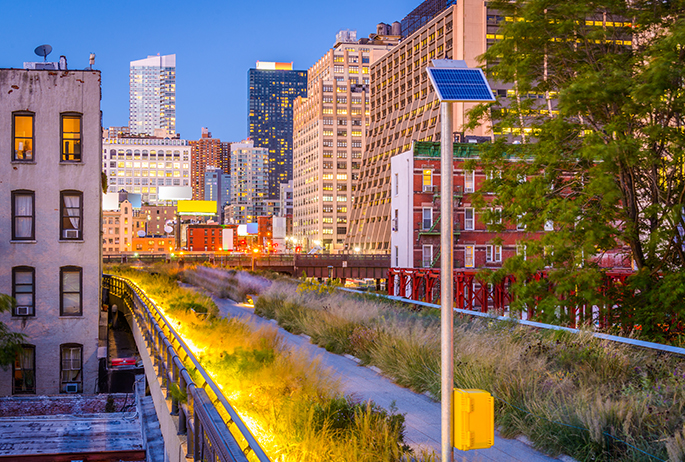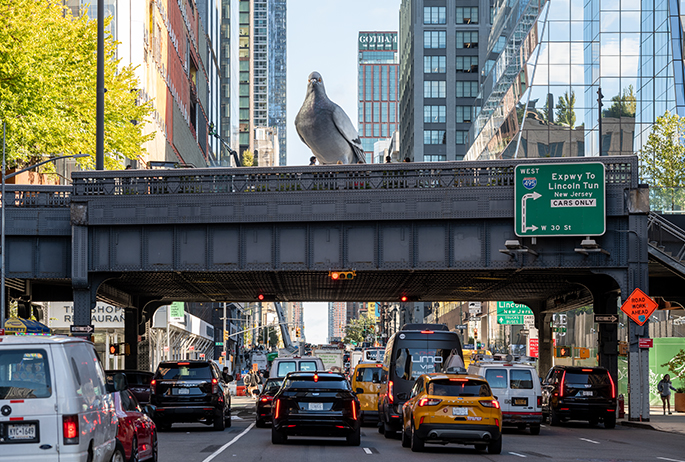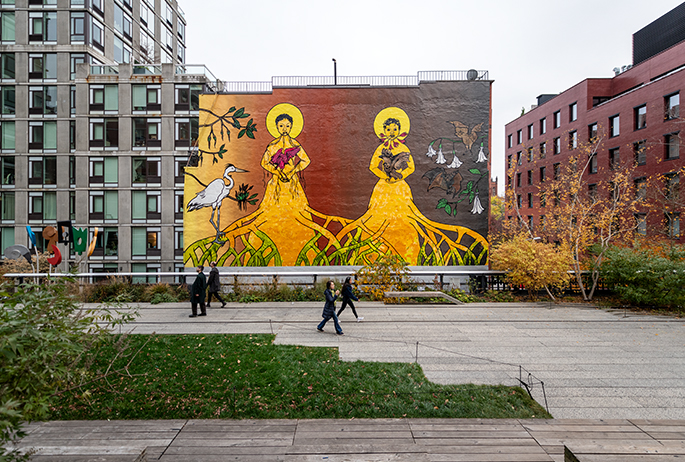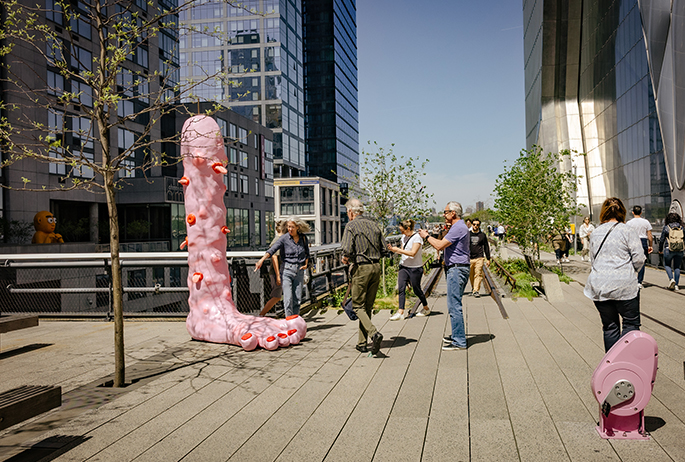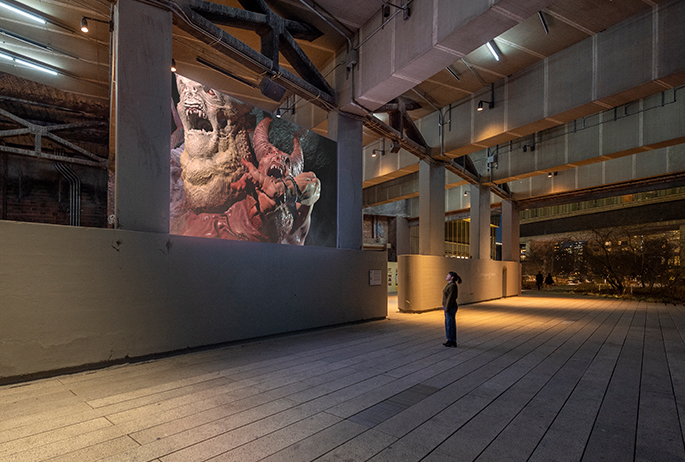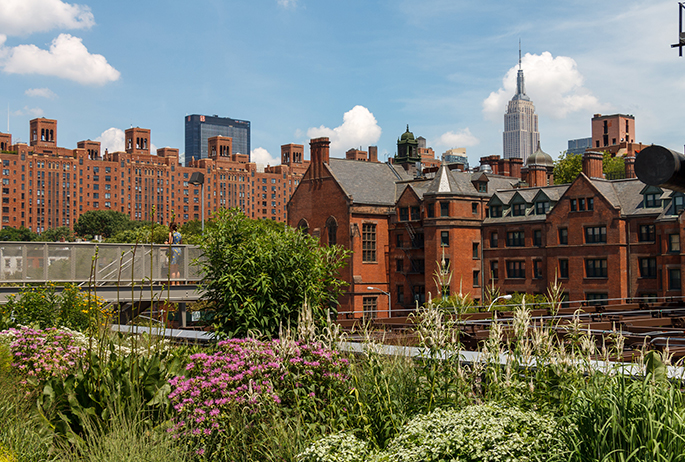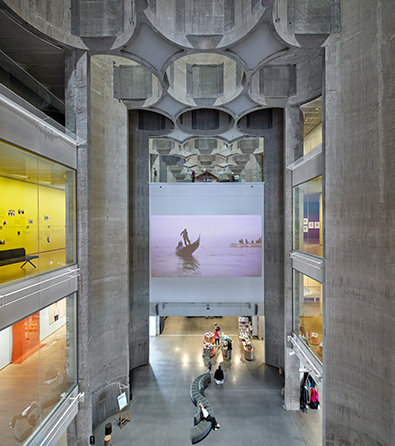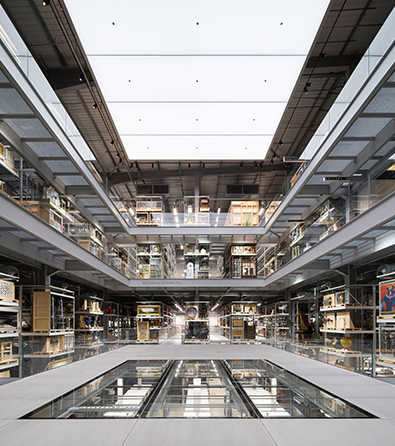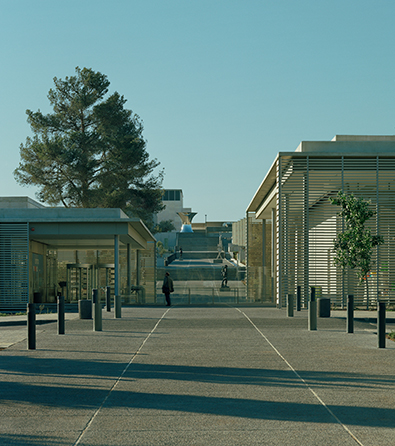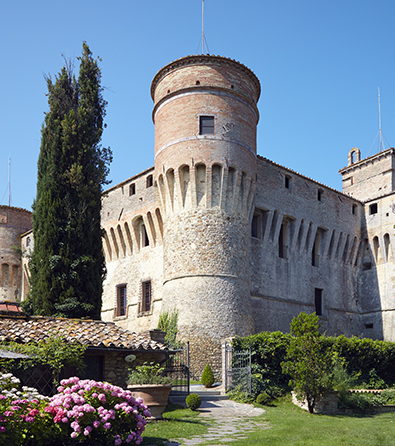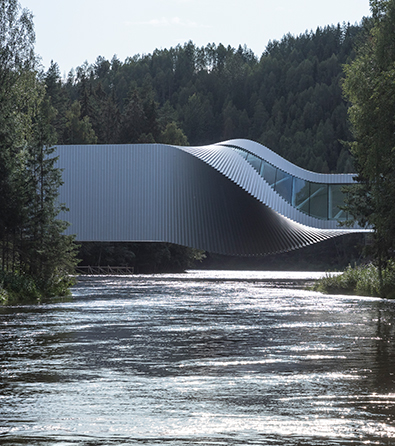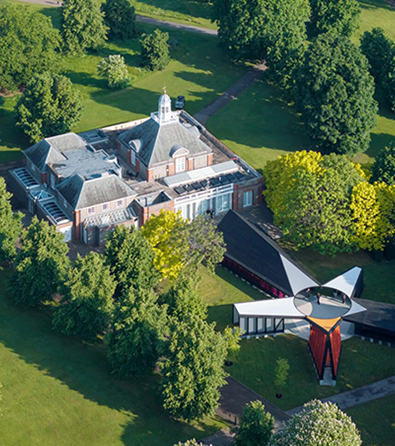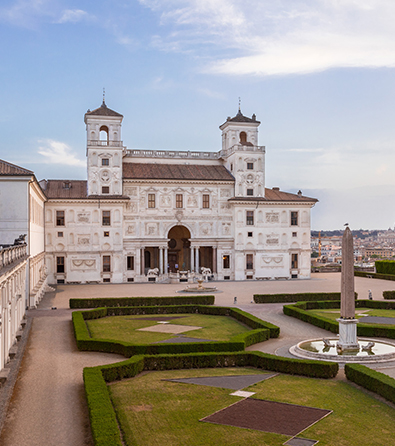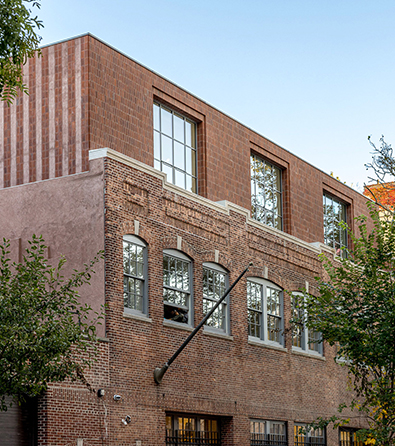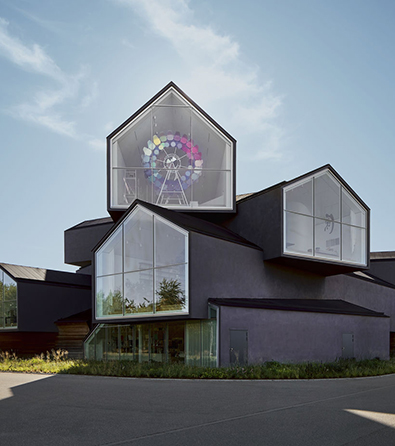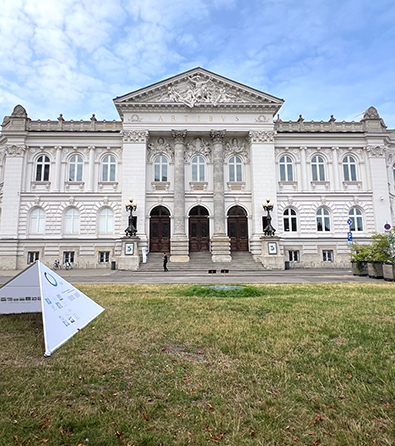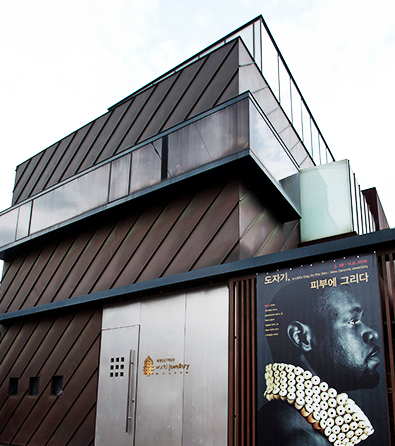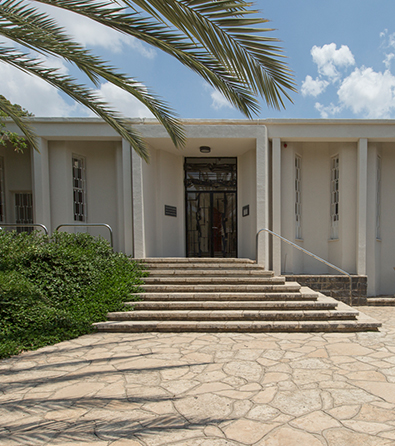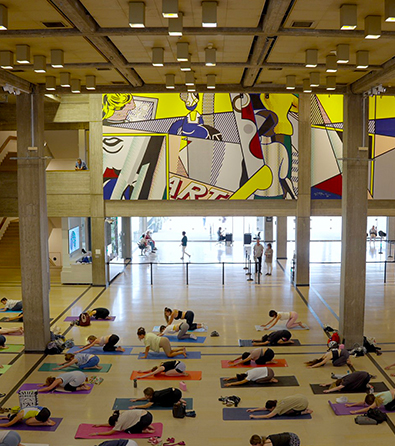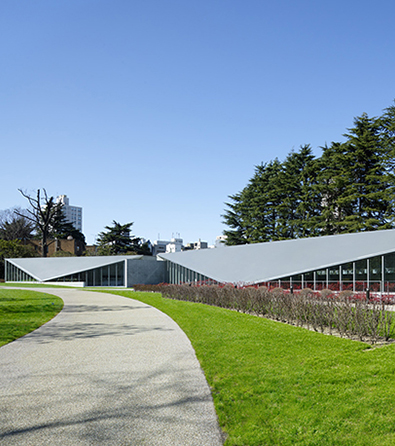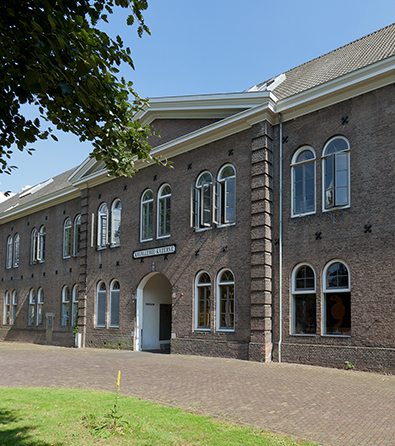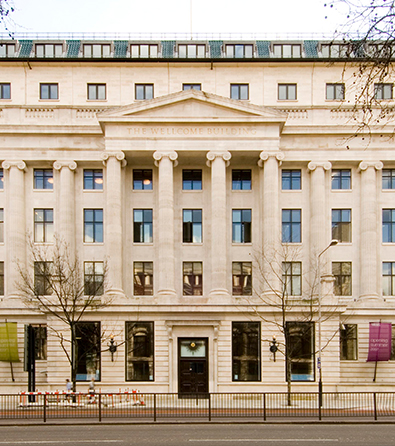In the heart of Manhattan’s West Side, stretching from Gansevoort Street in the Meatpacking District to West 34th Street at Hudson Yards, lies the High Line. Once part of the city’s industrial freight rail system, it has been transformed into a public space that combines art, nature, and history. Walking its elevated pathway, visitors experience the contrast between surrounding skyscrapers and carefully designed gardens, a perspective that is both distinctive and quintessentially New York.
The High Line is a testament to the city’s ability to reinvent itself. Born from a disused railway line, it demonstrates how infrastructure can be adapted for new civic purposes. Along its route, the buildings of Manhattan frame the view, while the park itself offers a rare vantage point above the busy streets below.
The High Line was built in the early 1930s as part of the West Side Improvement Project, one of the largest infrastructure efforts in New York City’s history. Designed to elevate hazardous street-level freight trains that had caused frequent accidents along Tenth Avenue, the elevated line carried goods directly into factories, warehouses, and markets. It quickly became a vital route of the city’s industrial district, transporting meat, produce, and manufactured goods through Manhattan’s West Side.
By the 1960s, the rise of trucking reduced reliance on freight rail. Traffic steadily declined, and in 1980, the last train ran along the tracks. Proposals for demolition soon followed, but local residents recognised the potential of the structure. In 1999, the nonprofit Friends of the High Line was established to advocate for its preservation and reuse. Supported by the City of New York, their efforts transformed the rail line into a public park. The first section opened in 2009, with subsequent phases extending it to its current length of 1.45 miles.
The redesign of the High Line was led by James Corner Field Operations as project lead, working with the architecture studio Diller Scofidio + Renfro and landscape designer Piet Oudolf. Their approach preserved original rail tracks and steel elements while introducing pathways, seating, and overlooks. Oudolf’s landscape design, inspired by the wild plants that had inhabited the abandoned tracks, was reinterpreted with resilient, seasonal species that support pollinators and provide habitat for birds and insects. The result is a linear park that retains its industrial character while offering gardens, walkways, and viewing areas suited to contemporary city life.
High Line Art
High Line Art is the park’s public art program, led by Cecilia Alemani, the Donald R. Mullen, Jr. Director & Chief Curator. The initiative commissions and presents contemporary projects ranging from sculpture and large-scale installations to murals, video works, and performances. Artists are invited to engage with the park’s architecture, history, and design in creative and often provocative ways. Through these initiatives, the High Line functions not only as a public green space but also as a continuously evolving cultural venue.
Among the current installations is Foot Fountain (pink) by Mika Rottenberg, on view at 30th Street from April 2025 to May 2026. The ten-foot-tall sculpture takes the form of a pink foot and lower leg topped with a sprinkler, activated by pedals that visitors can press. Playful and participatory, the work refreshes passersby on warm days while engaging with the High Line’s role as both a garden and a public gathering space.
Another major project is Rosana Paulino’s mural, The Creation of the Creatures of Day and Night, located on 22nd Street. Commissioned by High Line Art, it draws on Paulino’s ongoing Mangrove Series, blending mythological tree-women with the mangrove biome and addressing the legacy of colonialism and slavery in Brazil. With its vivid imagery and layered narrative, the mural encourages reflection on resilience, memory, and the environment.
Also on view is Groundless Flower by Frank WANG Yefeng, screened on the High Line Channel at 14th Street. The experimental film draws on the Tibetan letter “A,” regarded as the beginning of all things, and interweaves motifs from the Gobi Desert, Qingzang Plateau, and New Mexico Badlands. Exploring movement, transformation, and cultural displacement, the work reflects the program’s commitment to time-based and digital media in public space.
The High Line today offers visitors a linear journey across Manhattan’s West Side, with views of the Hudson River, surrounding neighborhoods, and the city skyline. Its design encourages both movement and pause, with overlooks, terraces, and seating steps distributed along the route. Seasonal plantings, shifting light conditions, and the interplay with surrounding architecture make each visit distinct, ensuring the park serves both as a recreational space and a vantage point on the evolving city. At its southern end, the park connects directly to the Whitney Museum of American Art, whose Renzo Piano–designed building opens onto the High Line with terraces overlooking the park and the river, creating a natural cultural link between public green space and one of New York’s leading contemporary art institutions.
